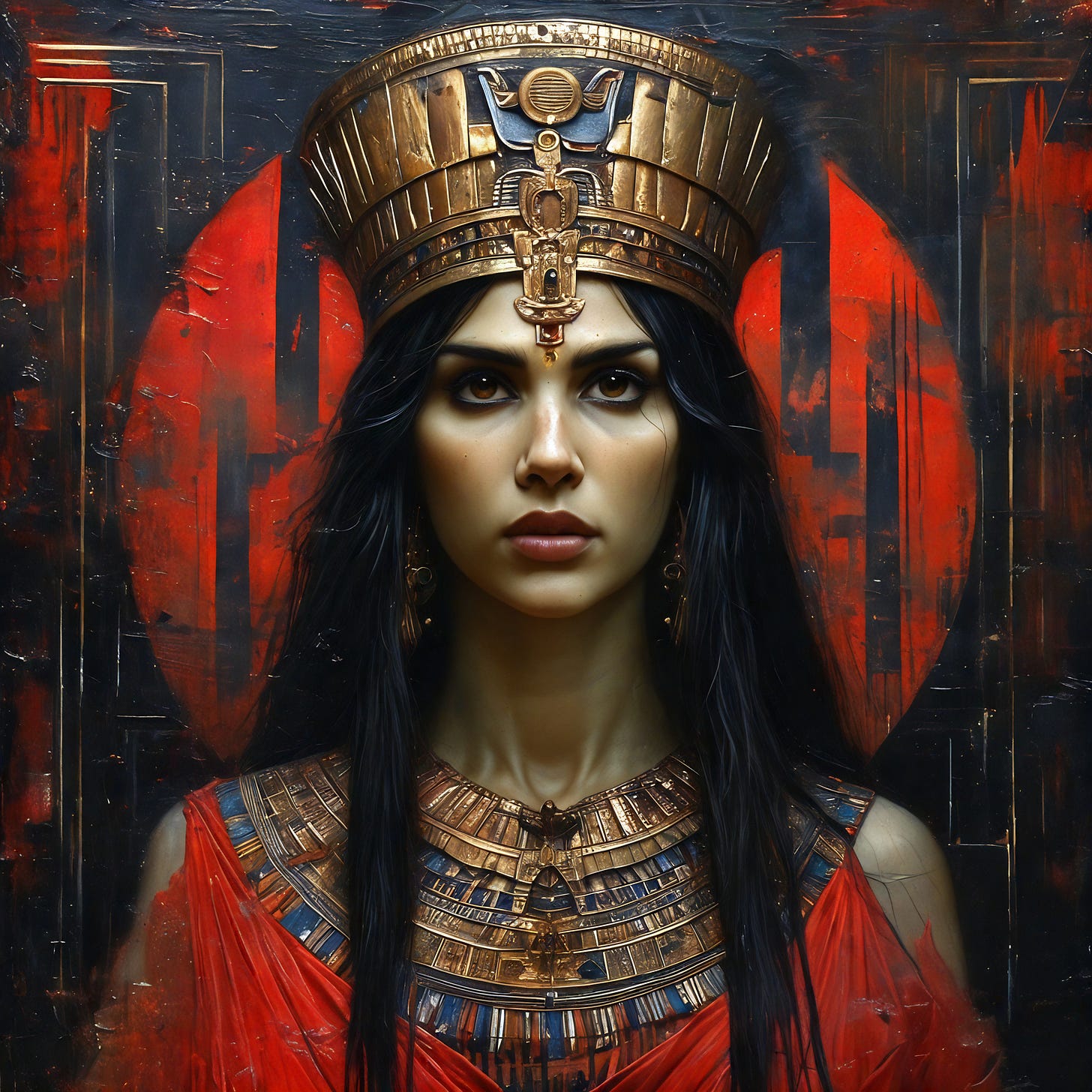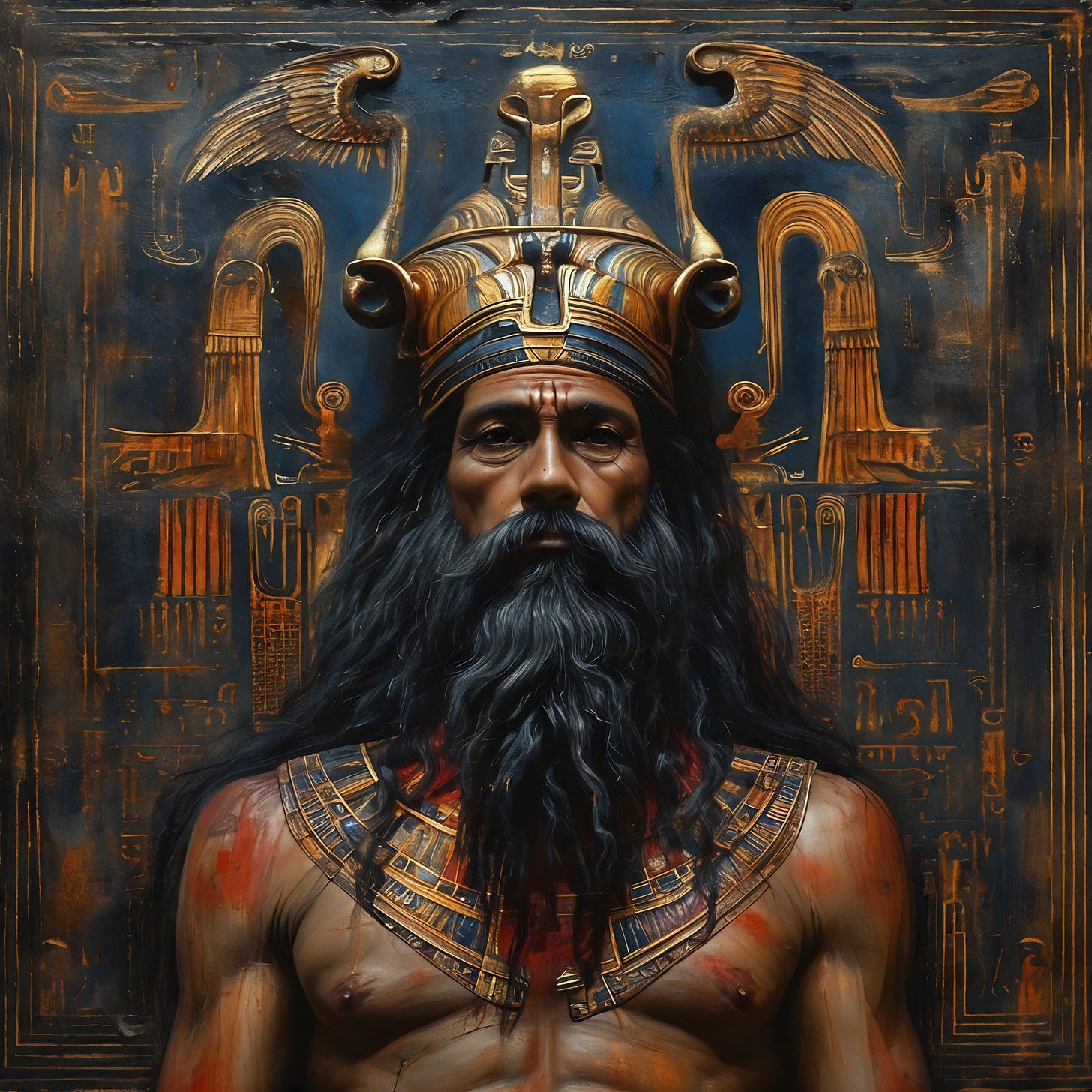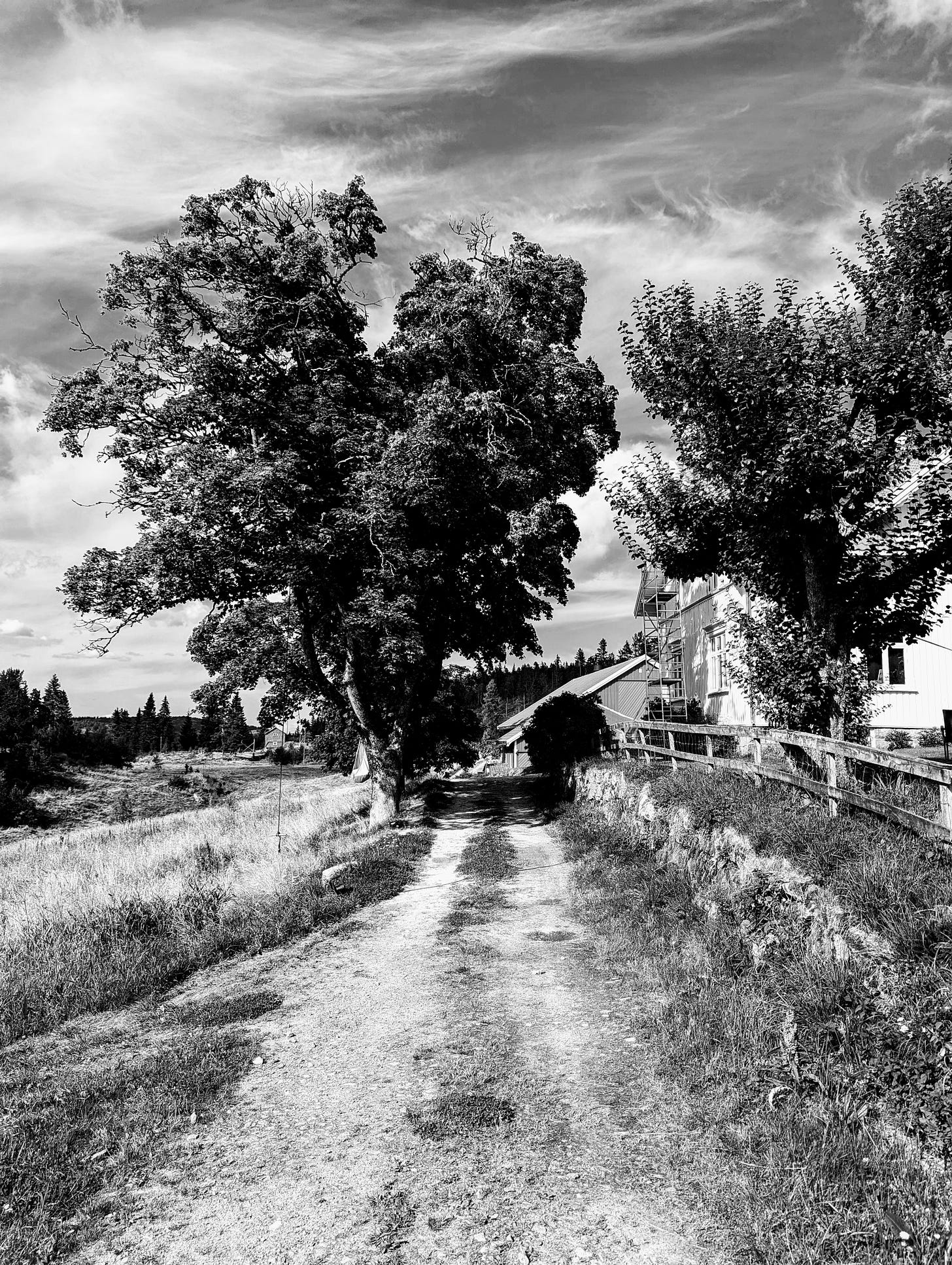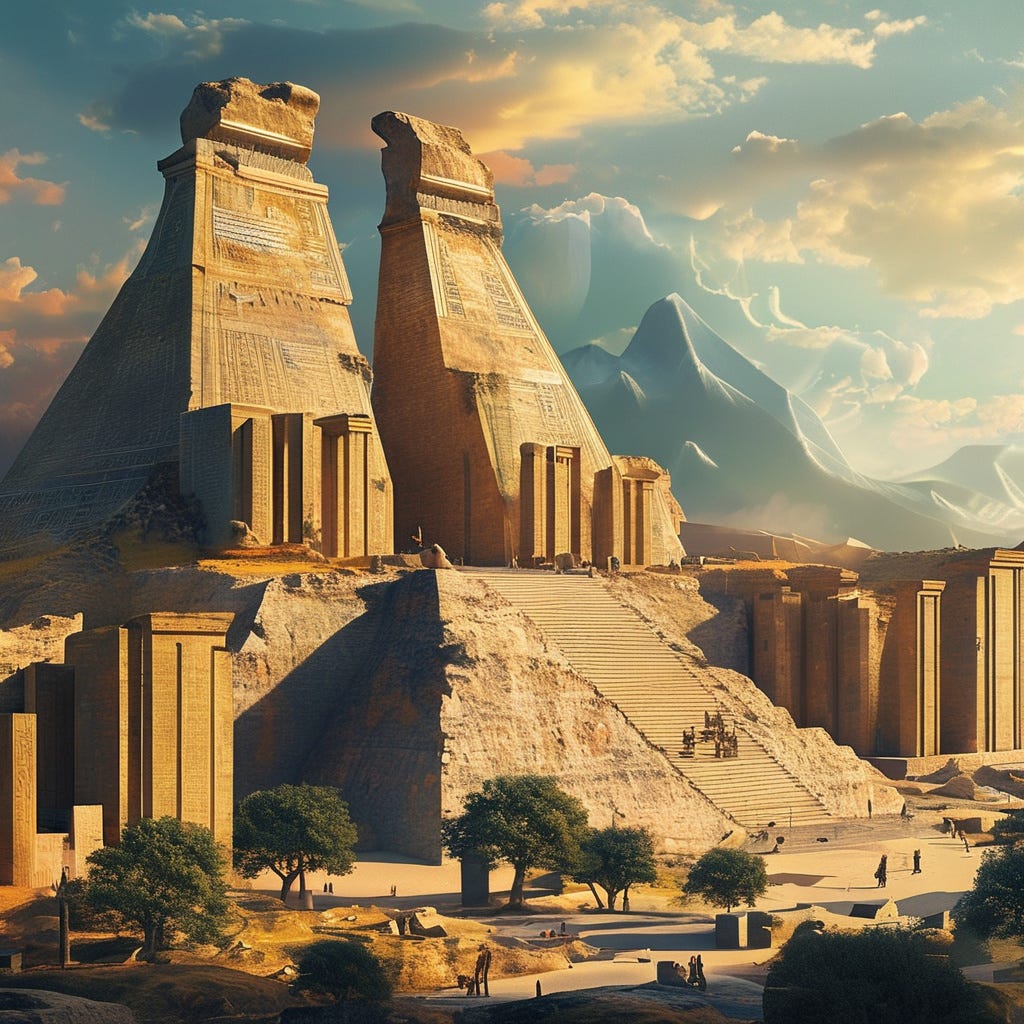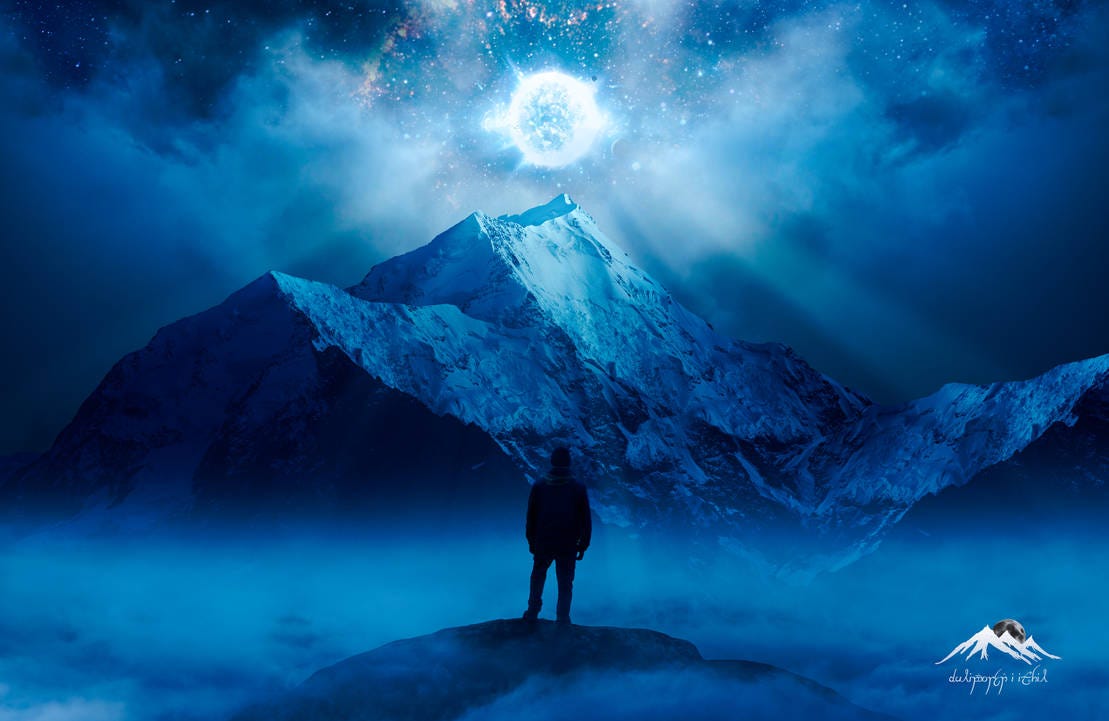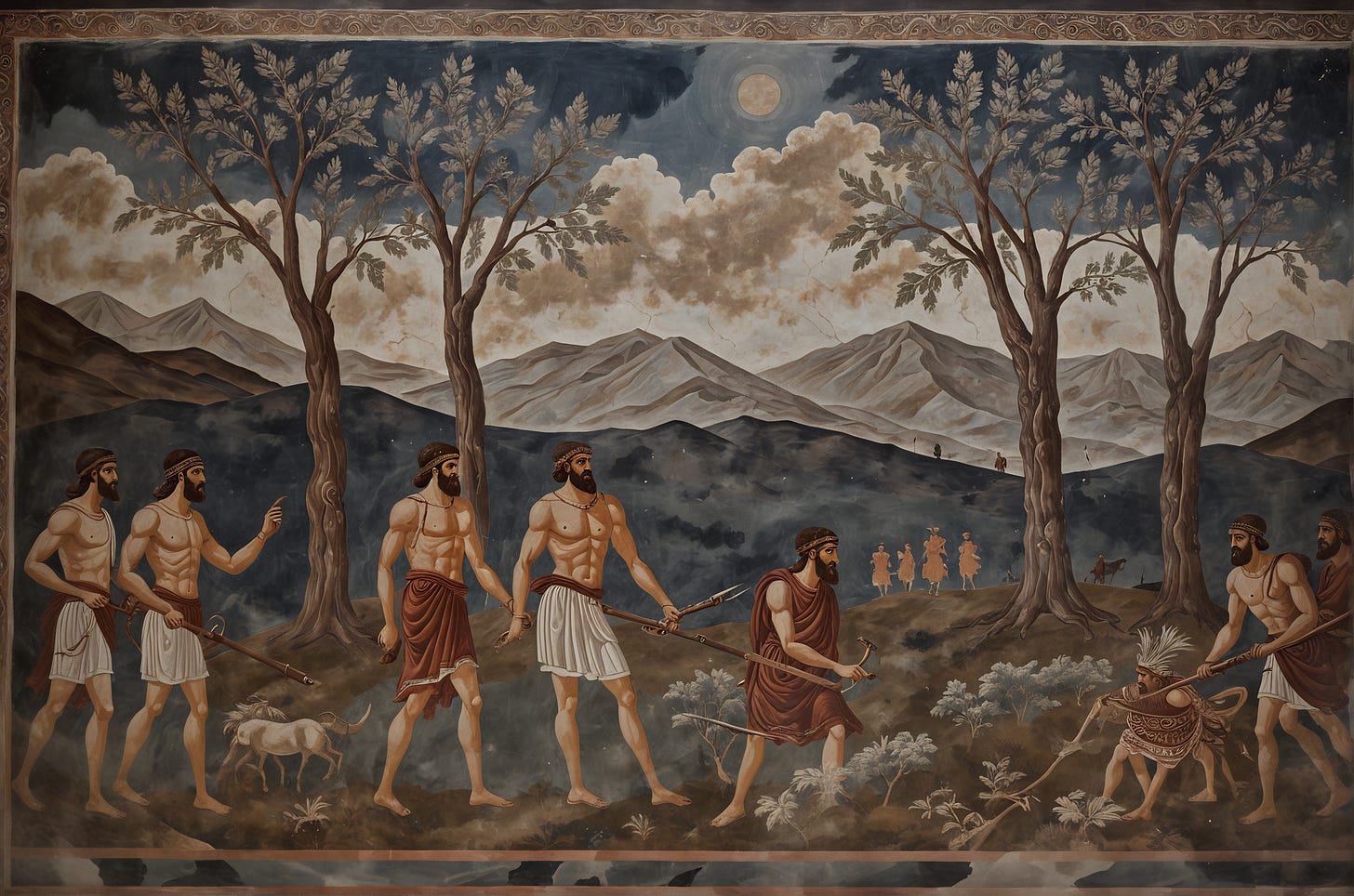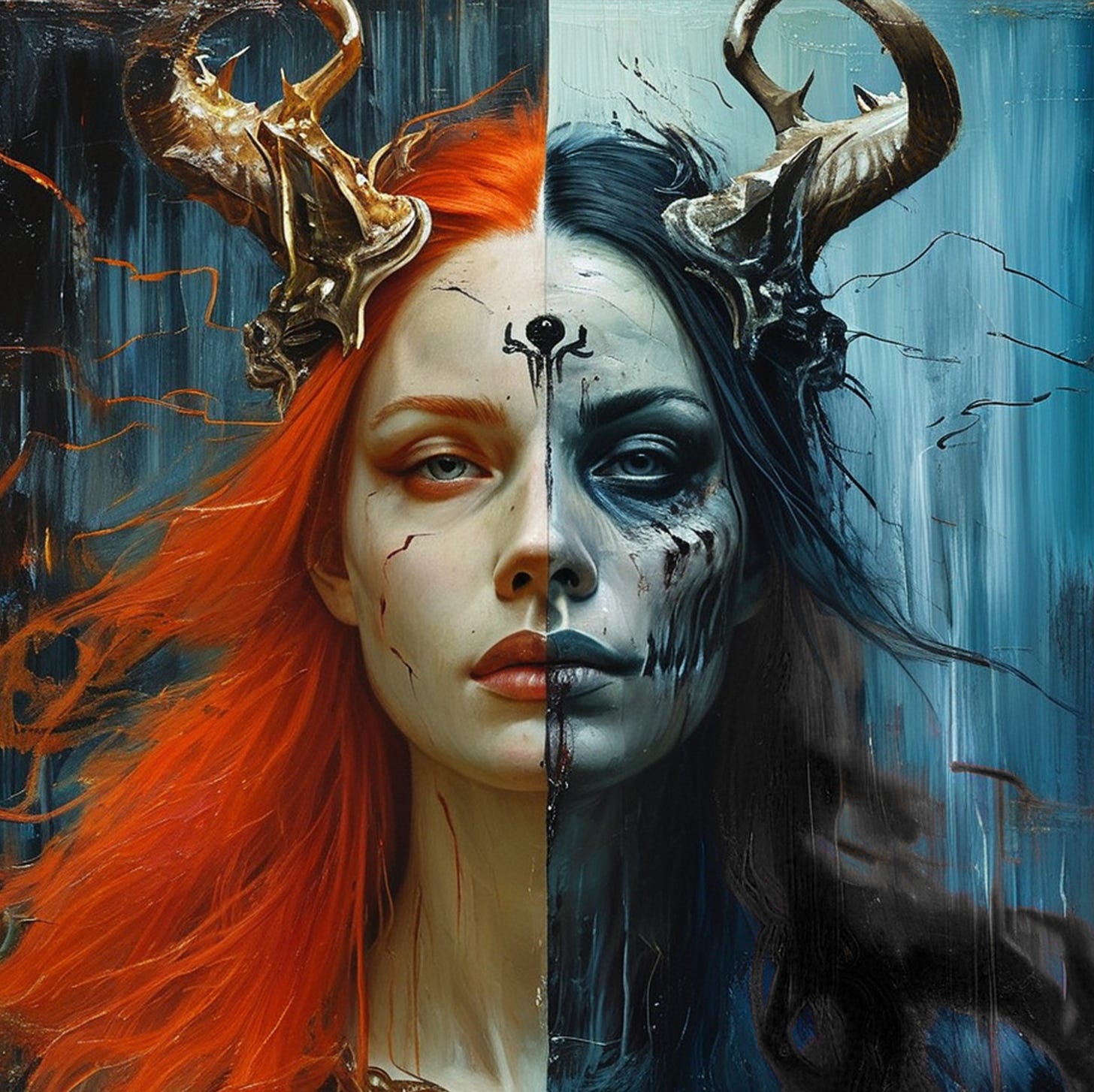Religious traditions are vast and varied, often intertwining in ways that reveal fascinating new perspectives. Among these, the First Temple Christo-Pagan religion stands out as a unique synthesis of ancient Near Eastern beliefs and early Christian thought. This belief system, particularly its focus on the Cult of the Host of Heaven, merges Ugaritic deities with early Jewish temple worship and Christian theology, creating a spiritual framework that challenges conventional narratives. The title ORḤA D'BA'AL YESHUʿ BAR EL D'RAZĀ, which translates to "The Way of the Lord Jesus, Son of El of the Mysteries," encapsulates this profound integration of divine figures and religious traditions.
This essay offers an introduction to the core beliefs, deities, rituals, and theological foundations of this unique religion. By exploring the intersection of Ugaritic myth, biblical scripture, and early Christian doctrine, it provides a fresh perspective on the divine and humanity's role within the cosmos.
Core Beliefs
Divine Pantheon and Ancestral Veneration
At the heart of this religious tradition lies the worship of a pantheon of Ugaritic deities, collectively known as the Host of Heaven. This pantheon includes key figures such as El, the supreme god; Asherah, the nurturing mother goddess; Ba’al Hadad, the storm god; Astarte, the goddess of love and war; and Anat, the warrior goddess. These deities are revered as powerful entities, each governing different aspects of life, nature, and the cosmos.
Biblical texts like Deuteronomy acknowledge the existence of these celestial beings, and the verse from Deuteronomy 4:19 warns against worshiping "the host of heaven," highlighting their allure. King Josiah’s reforms in 2 Kings 23:5 underscore the shift away from the veneration of these deities, reflecting a movement toward monotheism that marginalized the Host of Heaven.
The Ugaritic text KTU 1.1 IV 14-15, which describes a divine council led by El, underscores the ancient belief in a divine assembly. This council, presided over by El, reflects a tradition where deities governed together, maintaining cosmic order. In contrast, the biblical Psalm 82 portrays a more conflicted divine council, reflecting a theological evolution that positions Yahweh as a more central, albeit contentious, figure within the pantheon.
Ancestral veneration is also a significant element in this tradition, where deceased ancestors are believed to join the divine council after death. These ancestors act as protectors and guides, maintaining a vital connection between the mortal and divine realms. The living honor their ancestors through rituals and offerings, ensuring their continued influence and protection.
Christology and Divine Incarnation
Within this belief system, El, the supreme god, fathers a divine child, Jesus, through the mortal woman Mary. This union produces a demigod, Jesus, who embodies both divinity and humanity. His life, ministry, miracles, and sacrifice are seen as efforts to restore cosmic balance, addressing the disharmony introduced by the separation between the divine and mortal realms.
The concept of divine beings descending to earth is not new; it is rooted in ancient myths, such as the Watchers in Genesis 6 and the tales of demigods in various cultures. Jesus' resurrection marks his ascent as a fully divine being, a process that followers of this tradition believe they can also achieve through their own spiritual journeys.
The teachings of Jesus in this belief system align closely with what some might term "Luciferian" philosophy, a perspective often misunderstood due to its demonization by the Church. Here, "Luciferian" reflects the adversarial nature of Jesus' teachings, challenging rigid religious dogmas and emphasizing personal spiritual liberation. Jesus is seen not just as a savior, but as a guide leading humanity out of the bondage imposed by restrictive laws.
Biblical references such as John 1:14 and Philippians 2:6-7 highlight the centrality of Jesus' incarnation in Christian theology, a theme that this Christo-Pagan tradition expands upon by integrating it with Ugaritic myths. The resurrection of Jesus is celebrated as a triumph over death, a concept paralleled in Ugaritic mythology with the resurrection of Ba’al Hadad after his conflict with Mot, the god of death.
Integration of Ugaritic Deities
The Host of Heaven
In this religious system, Ugaritic deities occupy specific roles within the cosmic order. El is revered as the creator and source of all life, often depicted as a wise and compassionate patriarch. Asherah, frequently seen as his consort, embodies nurturing and protective qualities, often associated with fertility and motherhood. Ba’al Hadad, closely associated with Jesus in this tradition, represents the storm god and savior, his power over nature and life mirroring the miracles attributed to Jesus.
The hierarchy within this pantheon places El at the top, followed by Jesus, with the other deities governing their respective realms. This structure creates a balanced and ordered cosmos, where each deity plays a vital role in maintaining harmony and balance in the universe.
The Red Shepherd and Inanna Parallel
This tradition draws parallels between the myth of the Red Shepherd and Inanna and the union of El with Mary, celebrating this sacred event as the divine conception that brings forth Jesus, the savior. Much like the Red Shepherd, Jesus' life and ministry are marked by service, sacrifice, and the performance of miracles. His death, akin to that of the Red Shepherd, is seen as a necessary step toward transformation and ultimate ascension.
The myth of the Red Shepherd aligns closely with the Sumerian myth of Dumuzi, the shepherd god who is consort to the goddess Inanna. In this narrative, Dumuzi’s descent into the underworld and subsequent return symbolize the cyclical nature of life, death, and rebirth. Similarly, Jesus’ resurrection is viewed as a victory over death and an elevation to divine status, marking his ascension as the ruler of the cosmos.
Rituals and Worship Practices
Temple Worship and Sacrifices
Worship in this religion centers around the temple, where rituals honor the Host of Heaven. Sacrifices, both symbolic and actual, play a crucial role in these rituals, reflecting Jesus' role as mediator between the divine and mortal realms. However, the Christian aspect of this belief system emphasizes that Christ's sacrifice on the cross has fulfilled and superseded all previous temple sacrifices, rendering them unnecessary.
Hebrews 10:10-14 articulates this theological shift, emphasizing that the ritual sacrifices of old are no longer required because Jesus, through His death and resurrection, has provided the ultimate and final sacrifice for sin.
The Call to Follow Christ in Death and Resurrection
Followers of this tradition are called to participate in Christ’s death and resurrection, not merely as a symbolic act but as a profound spiritual transformation. This journey involves dying to one’s old self—symbolically represented in baptism—and rising to new life in Christ.
Romans 6:3-4 connects baptism with death and resurrection, while Hebrews 13:12-13 encourages believers to embrace the new covenant established by Christ’s sacrifice, moving beyond the old temple practices.
Ancestor Veneration
Rituals dedicated to ancestors are essential for maintaining the continuity between life and death. Offerings and prayers ensure that ancestors continue to guide and protect their descendants, reinforcing the unbroken link between the mortal and divine.
Although ancestor veneration is not explicitly mentioned in the Bible, the broader respect for elders and patriarchs, as seen in Genesis 49:33 and Exodus 3:6, reflects a continuity between generations that is central to this tradition.
Seasonal Festivals
This religion also observes seasonal festivals aligned with agricultural cycles, blending nature worship with spiritual celebration. These festivals commemorate significant events such as Jesus’ resurrection and the sacred union of El and Mary.
The Passover, coinciding with the crucifixion and resurrection of Jesus, reflects a blend of agricultural and redemptive themes. Exodus 12:14 describes this as a perpetual festival, a tradition reinterpreted within this Christo-Pagan framework to emphasize Christ’s role in leading a new Exodus, one that transcends the old covenant’s conditions and laws.
Scriptural and Theological Foundations
Sacred Texts
The scriptures of this religion combine the Bible, Ugaritic texts, and new revelations. These texts highlight the roles of El, Asherah, and the Host of Heaven, blending ancient myths with Christian theology. This synthesis reflects the religion’s aim to reclaim First Temple wisdom and correct later distortions.
Jeremiah 7:18 and Psalm 82:1, among other biblical references, highlight the intersection of Israelite and Near Eastern religious practices, illustrating the continuity and evolution of these beliefs.
Theological Interpretations
The theology of this tradition advocates for a holistic understanding of the divine, integrating both masculine and feminine aspects. This approach seeks to balance the dualities of life and restore the harmony envisioned by the First Temple tradition.
Proverbs 8:22-31 personifies wisdom, often linked with feminine aspects of the divine, as a co-creator with God, emphasizing the integration of feminine and masculine in the act of creation. Similarly, the Ba’al cycle reflects a partnership in the divine realm, where Ba’al and Anat collaborate to restore cosmic order.
Conclusion
The First Temple Christo-Pagan religion, with its blend of Ugaritic deities and Christian theology, offers a unique perspective on spirituality. It challenges mainstream religious narratives by reintroducing ancient deities and rituals into a modern context, emphasizing balance, harmony, and continuity between life and death. This exploration of ORḤA D'BA'AL YESHUʿ BAR EL D'RAZĀ serves as an introduction to a rich and complex belief system that reinterprets ancient wisdom through the lens of early Christian thought.
This introductory essay merely touches the surface of this tradition, inviting further study and reflection. Future research will delve deeper into the specific practices, myths, and teachings that define this religion, examining its ongoing evolution and potential influence on contemporary spiritual thought.




